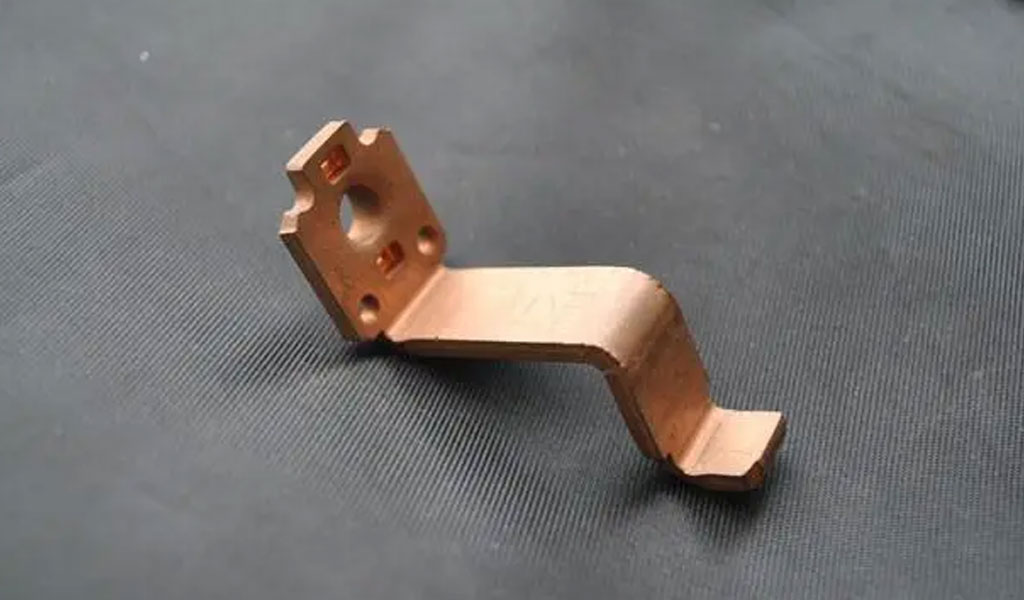The most common materials we use in stamping are copper, pure copper, brass and bronze.The stamping process of pure copper, H62 brass and H68 brass is better in stamping. In comparison, H62 brass is more cold hardened than H68 brass.
H68 brass material H68 brass has extremely good plasticity and high strength, good machinability, easy welding, very stable to general corrosion, but prone to corrosion and cracking.
characteristic
It is the most widely used variety in ordinary brass.
Chemical
Copper Cu: 67.0~70.0
Zinc Zn: balance
Lead Pb: ≤0.03
Phosphorus P: ≤0.01
Iron Fe: ≤0.10
Antimony Sb: ≤0.005
Bismuth Bi: ≤0.005
Note: ≤0.3 (impurity)
mechanical properties
Tensile strength σb (MPa): ≥370
Elongation δ10 (%): ≥15
Elongation δ5 (%): ≥18
Note: Longitudinal room temperature tensile mechanical properties of bar
Sample size: diameter or distance across sides 5~12
H68 brass heat treatment specification: thermal processing temperature 750-830°C; annealing temperature 520-650°C; low-temperature annealing temperature for eliminating internal stress 260-270°C.
Bronze is used for corrosion-resistant, spring and wear-resistant parts, and the performance of different grades varies greatly. Generally speaking, the bronze and copper stamping process is worse than that of brass. Bronze is more cold hardened than brass, and frequent intermediate annealing is required.
Most brass and bronze have good stamping processability in hot state, but heating will bring a lot of inconvenience to production. In the state of 200°~400° for copper and many copper alloys, the plasticity is much lower than that at room temperature, so hot stamping is generally not used. If hot stamping is really required, the actual hot pressing temperature on the mold (Note that the billet still has a certain degree of cooling during the transfer) It should be avoided to operate within the temperature range of 200~400°.

Leave a Reply